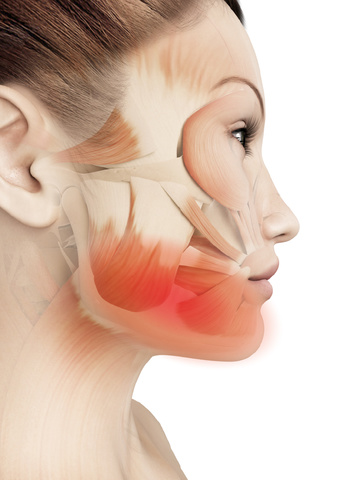
FAST FACTS: Oral Pain

The oral cavity consists of the mouth, throat, and jaw. It serves both digestive and breathing functions. Teeth are the most common source of oral pain and are particularly vulnerable to the processes of aging. However, there are many possible causes of oral pain, some of which are listed below. Oral pain may also be a symptom of disease in another area of the body.
Possible Causes of Oral Pain
- Dental problems: Cavities; chipped, loose, or damaged teeth; food between teeth; gum disease; abscess; tooth grinding
- Oral conditions: infections; cancer or tumors of mouth or tongue; salivary gland disorders
- Jaw conditions: temporomandibular joint (TMJ) syndrome; arthritis; fracture or infection; sinus infection (pain in upper teeth); persistent facial pain with no known cause
What Medical Professional Assess
- Characteristics of the pain such as: when did it begin; is it sudden or ongoing pain; location of pain; does the pain radiate?
- Things that trigger the pain
- Associated symptoms such as: fever, weight loss, unable/unwilling to eat, fatigue, chest pain, shortness of breath, swelling in jaw or neck, bad breath or mouth odor
Possible Interventions
- Non-Drug Treatments
- Oral hygiene including tongue and lips
- Soft foods or avoidance of foods that make symptoms worse.
- Relaxation techniques
- Distraction such as: reading, TV, music, etc.
- Medications
- Non-opioids
- Opioids
What Else You Should Do
- Write down and share information about your loved one’s pain with their healthcare provider
- Use a Pain Diary to note important information useful to the healthcare provider
- Encourage your loved one to try a non-drug treatment and document the impact on their pain in their Pain Diary
References:
- WebMD. 2021. Oral Health: Warning Signs You Should Never Ignore. Accessed 2.21.2022. https://www.webmd.com/oral-health/oral-warnings
- Heathline. September 19, 2019. What Could Be Causing Your Mouth Pain and What Can You Do? Accessed 2.21.2022. https://www.healthline.com/health/mouth-pain
Revised January 2022
